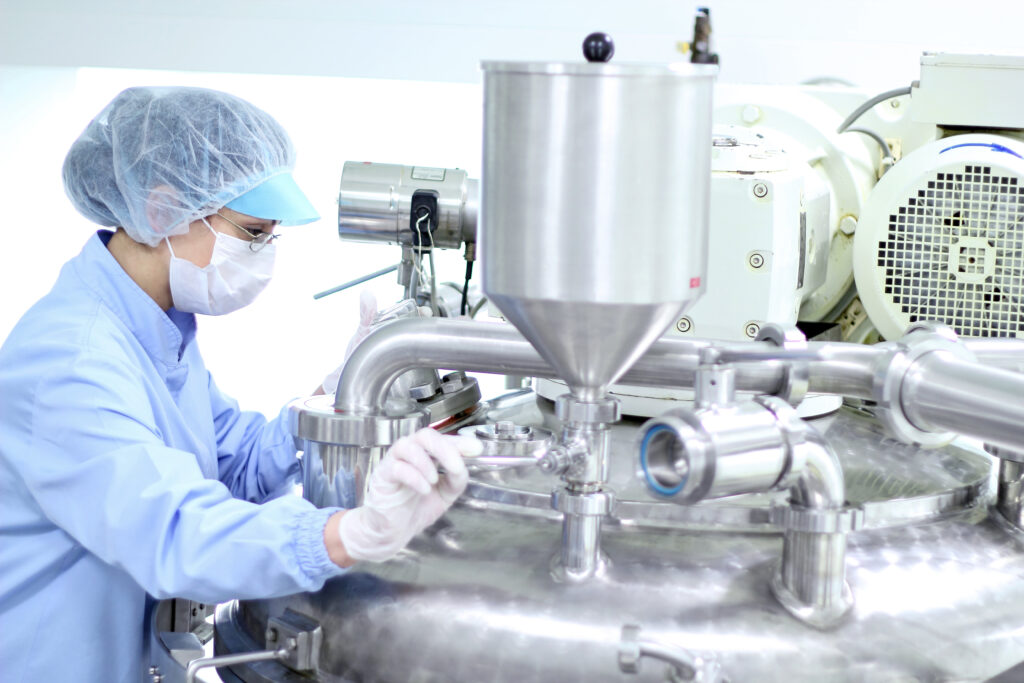Loss of life and serious illness from contamination of manufactured products that are consumed as food or used in medical procedures illustrate the need to prevent contamination events rather than merely detect them after the fact. High-profile news stories have described contamination events in compounding pharmacies (1), food processing and packaging plants (2) and medical device manufacturers (3). Although contamination in manufacturing settings can be physical, chemical, or biological, this article will focus environmental monitoring to determine the quality of a manufacturing facility with respect to microbial contamination.

To ensure that the products they produce and package are manufactured in a high-quality, contaminant-free environment, many industries are required to establish routine environmental monitoring programs. Samples are collected from all potential sources of contamination in the production environment including air, surfaces, water supplies and people. Routine monitoring is essential to detect trends such as increases in potential pathogens over time or the appearance of new species that have not been seen before so that contamination events can be prevented.
Because environmental monitoring requires identification to the level of the species, most environmental monitoring programs will collect samples and then send them off to a facility to be sequenced for genomic identification of any microbial species. Such genotypic analysis involves DNA sequencing of ribosomal RNA (rRNA) genes to determine the taxonomic classification of bacteria and fungi. In this method, informative sections of the rRNA genes are amplified by PCR; the PCR products sequenced; the sequence is compared to reference libraries; and the results interpreted to make a species-level identification for a given microbial isolate.
The tools and methods used in this work are standard molecular biology techniques: microbial sampling and culture, DNA isolation, PCR, Sanger Sequencing and bioinformatic comparison. However, many facilities have been hampered from developing complete in-house environmental monitoring protocols because of cost or lack of expertise. However, when samples must be sent off site for analysis, the time to result increases and process control decreases, potentially eliminating an opportunity to prevent a contamination incident. Additionally, the cost per sample for the facility is greater when outsourcing is involved.
Promega scientists present proof-of-concept for an in-house solution for environmental monitoring that provides the required species level identification and does not require extensive investment in laboratory infrastructure or bioinformatic resources and expertise. Furthermore, the process from DNA extraction of the microbial isolate to result can be completed within 8-10 hours, giving faster turnaround time to identify changes in the environmental quality and take corrective actions. You can read this proof-of-concept study that included Campylobacter jejuni as a sample that presents particularly challenging species-level discrimination to learn more about how a completely in house solution for environmental monitoring can move from sample to actionable result.
______________________
Interested in learning more about our complete, in-house solution for environmental monitoring? Contact us at genomics@promega.com
___________________________
Literature Cited
- Kastango, E.S. (2013) Lessons Learned from Compounding Tragedies. Can. J. Hosp. Pharm. 3:152–3.
- Salib, V. (2023) CDC Closes Investigation Linking Salads to Listeria, FDA Recalls More. [Internet Accessed August 23, 2023 https://lifesciencesintelligence.com/news/cdc-closes-investigation-linking-salads-to-listeria-fda-recalls-more ]
- Hudson, M.J. et al. (2022) Outbreak of Burkholderia stabilis Infections Associated with Contaminated, Nonsterile, Multiuse Ultrasound Gel — 10 States, May–September 2021. Morbidity and Mortality Weekly Report. [Internet Accessed August 23, 2023 https://www.cdc.gov/mmwr/volumes/71/wr/mm7148a3.html ]
Michele Arduengo
Latest posts by Michele Arduengo (see all)
- An Unexpected Role for RNA Methylation in Mitosis Leads to New Understanding of Neurodevelopmental Disorders - March 27, 2025
- Unlocking the Secrets of ADP-Ribosylation with Arg-C Ultra Protease, a Key Enzyme for Studying Ester-Linked Protein Modifications - November 13, 2024
- Exploring the Respiratory Virus Landscape: Pre-Pandemic Data and Pandemic Preparedness - October 29, 2024
